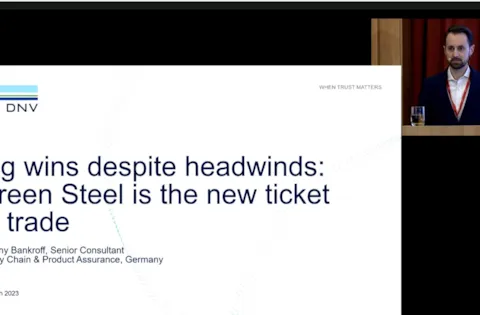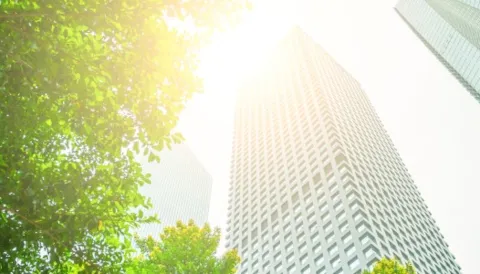Green Steel Assurance
Green Steel assurance establishes a framework enabling steel value chain actors to abate techno-economic barriers for steelmaking decarbonization.
The challenge
Nearly a thousand crude iron and steelmaking plants are responsible for 7-9% of global GHG emissions. To limit climate risks and to meet the Paris agreement objectives, the steel industry needs to become carbon neutral by 2050. Tackling steelmaking decarbonization, however, is a complex task from both economic and technological perspectives. It would require a major transition from the traditional and carbon intensive Blast Furnace-Basic Oxygen steelmaking (BF-BOS) processes into modern and cleaner technologies such as Direct Reduction Iron-Electric Arc Furnace (DRI-EAF). Even though these technologies will mature and deploy in the long run, presumably at higher initial investment costs, steelmakers are apparently facing a spike in global demand for steel materials with lowered emissions, specifically by customers desiring to directly reduce their scope 3 emissions.
The solution
Green steel assurance is currently seen as an enabler for meeting the needs of customers and driving forward the decarbonization of the industry. It is set to incentivize the steelmaking companies and other value chain actors to carry out initiatives that reduce direct or indirect emissions in the today’s infrastructures instead of waiting for major steps in switching technologies to take place in the decades to come. The CO₂ savings achieved from these initiatives are then transformed into certificates and are traded as premiums to customers who can eventually claim the equivalent reductions in their scope 3 emissions according to the GHG protocol standards. The approach has been pioneered by a few big steelmaking companies in Europe including ArcelorMittal through their XCarb™, Thyssenkrupp through their Bluemint ® Steel brand and Tata Steel Europe through their Zeremis™ Carbon Lite.
When Trust matters
The central part of the green steel assurance process is trust. Trust is affirmed by a rigorous third-party verifications and assurance over CO₂ saving calculation methodologies, their registration into the carbon banks and associated certificates issuance. These verification and assurance services serve to give confidence the certificates purchasers that premiums sold to them are credible, trustworthy, and genuinely originating from carbon saving projects. There should also be control over the operation of the carbon banks to mitigate the likelihood of selling certificates or volumes of CO₂ savings more than once. Furthermore, it should be demonstrable to other stakeholders such NGOs, public and governments that the proceeds gained from the sales green steel certificates are re-invested into additional decarbonization initiatives.
Digitally empowered trust by NFTs
It can be argued that one of the major risks in green steel certificate issuance might be double selling of certificates in the downstream value chain. In the near future, steelmaking companies and upstream suppliers may need to establish an ecosystem for exchanging CO₂ savings certificates between their carbon banks. The exchange of these certificates, therefore, should be immutable. Application of blockchain technologies with Non-Fungible Tokens could offer a robust control over these transactions within the entire steel value chain. By means of NFTs, certificates can be issued, subdivided, and stored on a digital marketplace, and eventually traded as tokens with attributed emission reductions.






